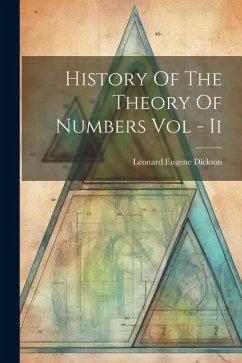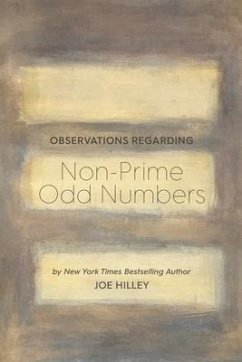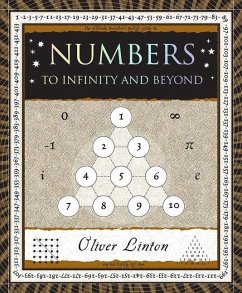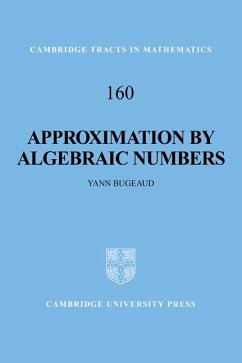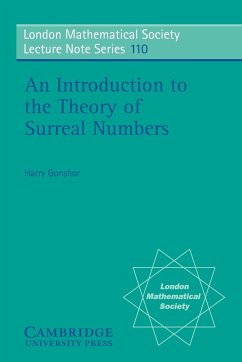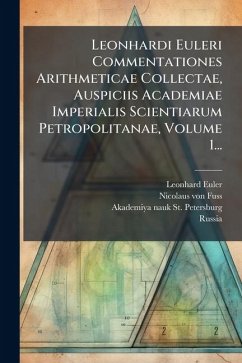
Irrational Numbers and Their Representation by Sequences and Series
Versandkostenfrei!
Versandfertig in über 4 Wochen
17,99 €
inkl. MwSt.
Weitere Ausgaben:

PAYBACK Punkte
9 °P sammeln!
"Irrational Numbers and Their Representation by Sequences and Series" explores the intricacies of irrational numbers and their expression through mathematical sequences and series. Written by Henry Parker Manning and originally published in 1906, this work delves into the fundamental properties of irrational numbers, offering a rigorous treatment of their representation. Manning's exposition covers various methods and techniques for understanding and manipulating these numbers, making it a valuable resource for students and researchers in mathematics. The book provides a historical context for...
"Irrational Numbers and Their Representation by Sequences and Series" explores the intricacies of irrational numbers and their expression through mathematical sequences and series. Written by Henry Parker Manning and originally published in 1906, this work delves into the fundamental properties of irrational numbers, offering a rigorous treatment of their representation. Manning's exposition covers various methods and techniques for understanding and manipulating these numbers, making it a valuable resource for students and researchers in mathematics. The book provides a historical context for the study of irrational numbers, enriching the reader's understanding of their significance in the broader field of mathematical analysis. This enduring work remains relevant for anyone seeking a deeper knowledge of number theory and its applications. This work has been selected by scholars as being culturally important, and is part of the knowledge base of civilization as we know it. This work was reproduced from the original artifact, and remains as true to the original work as possible. Therefore, you will see the original copyright references, library stamps (as most of these works have been housed in our most important libraries around the world), and other notations in the work. This work is in the public domain in the United States of America, and possibly other nations. Within the United States, you may freely copy and distribute this work, as no entity (individual or corporate) has a copyright on the body of the work. As a reproduction of a historical artifact, this work may contain missing or blurred pages, poor pictures, errant marks, etc. Scholars believe, and we concur, that this work is important enough to be preserved, reproduced, and made generally available to the public. We appreciate your support of the preservation process, and thank you for being an important part of keeping this knowledge alive and relevant.






